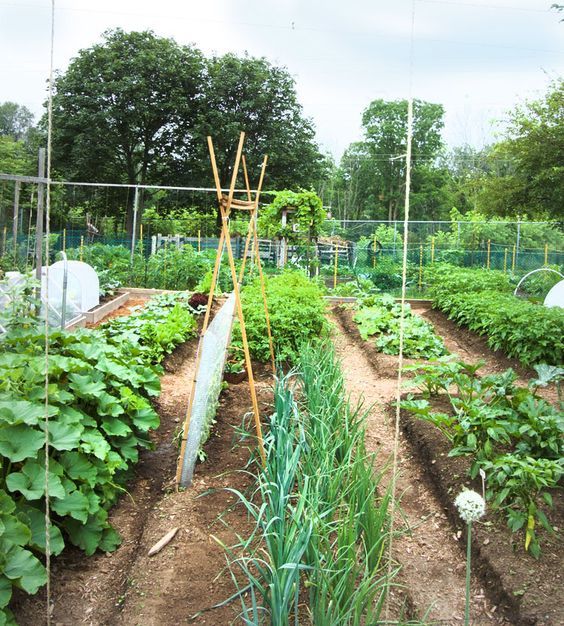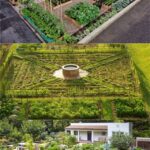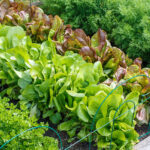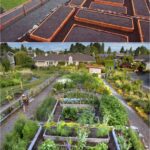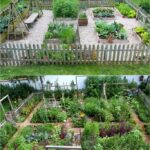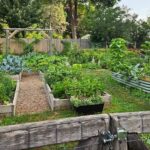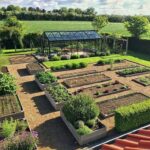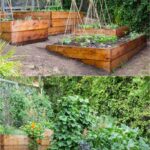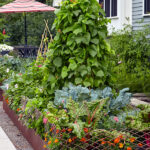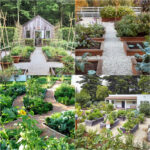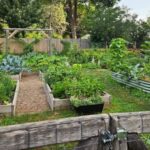When it comes to designing a vegetable garden, there are a number of key factors to consider in order to create a successful and productive space. One of the first things to think about is the layout of the garden. Consider the amount of sunlight that the area receives and plan the layout of your beds accordingly. It is important to maximize sunlight exposure for optimal plant growth.
In addition to sunlight, it is important to consider the water source for your garden. Make sure to place your garden beds close to a water source for easy irrigation. You may also want to consider installing a drip irrigation system to ensure that your plants receive consistent and adequate water.
Another important aspect of vegetable garden design is soil quality. It is essential to have nutrient-rich soil in order for your plants to thrive. Consider testing your soil and amending it with organic matter such as compost or aged manure to improve its quality.
When designing your garden beds, consider the spacing between plants. Different vegetables require different amounts of space to grow and thrive. Be sure to research the spacing requirements for each plant and plan your garden beds accordingly to avoid overcrowding.
Incorporating vertical gardening techniques can also help maximize space in a small vegetable garden. Trellises, arbors, and stakes can be used to support vining plants such as tomatoes, cucumbers, and pole beans, allowing you to grow more food in a smaller footprint.
Finally, consider including companion planting in your vegetable garden design. Companion planting involves planting certain plants together that benefit each other in some way, such as repelling pests or improving soil quality. By strategically planting companions, you can help improve the overall health and productivity of your garden.
